HURLBURT FIELD, Fla. —
An MQ-9 Reaper circles above the Melrose Air Force Range in New Mexico, surveying the area below as it prepares to land on a dirt strip. On the ground the 1st Special Operations Mission Sustainment Team (SOMST) secures the landing zone, ready to refuel and rearm the aircraft.
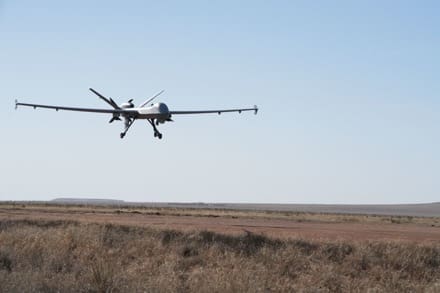
More than 1,100 miles away, at Hurlburt Field, Florida, an MQ-9 pilot and sensor operator control the remotely piloted aircraft from a ground control station.
The 65th Special Operations Squadron hosted Exercise Reaper Castillo Nov. 4 to Dec. 18, 2024 to sharpen mission-essential tasks and develop MQ-9 Agile Combat Employment (ACE) capabilities. The goal: create a lighter, leaner and more agile force.
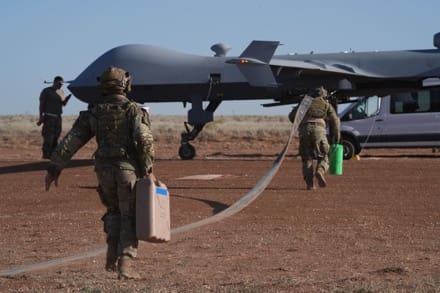
The exercise validated the MQ-9’s ability to conduct key operations in austere environments, including dirt-strip landings, refueling, rearming and rapid relaunch.
“In the future fight, we assess we will no longer be able to rely exclusively on the main operating bases that have persisted,” said the 1st SOMST flight commander. “Operating in austere environments anytime, anyplace and anywhere is critical. It enables commanders to have options – something critically needed in special operations forces.”
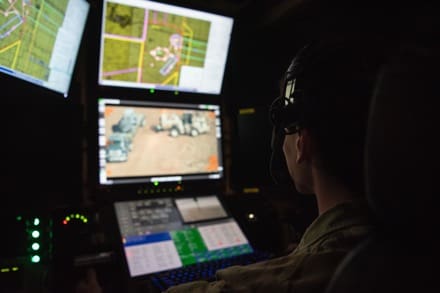
Typically, the MQ-9 requires a paved runway with a group of maintainers and extensive support functions. However, during the exercise a light SOMST footprint on an austere dirt airfield provided all necessary functions to support mission execution.
“If special operations MSTs can enable mission generation at the forward edge of the battlefield, it can increase the lethality, range, and overall capability of the aircraft for strategic and tactical national interests,” the flight commander said.
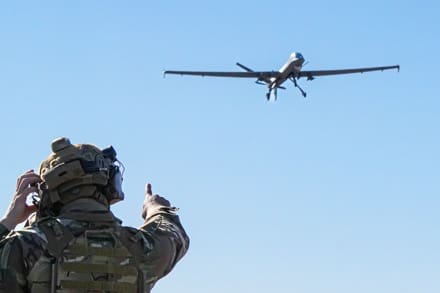
The MQ-9 Reaper is a versatile and precise intelligence, surveillance and strike platform and its adaptability and range of capabilities make it an asset for modern military operations.
These capabilities align with ACE, a strategy focused on enhancing flexibility and resilience by dispersing forces across multiple, often austere, locations. With its ability to operate in remote environments and adapt to rapidly changing mission requirements, the MQ-9 plays a role in supporting ACE’s emphasis on decentralized operations and rapid deployment.
“The MQ-9 is extremely relevant in today’s fight and will be in the future as well,” said a 65th SOS MQ-9 evaluator pilot and exercise mission commander. “It allows us to go places and do things that we cannot risk sending manned aircraft – such as high-threat environments.”
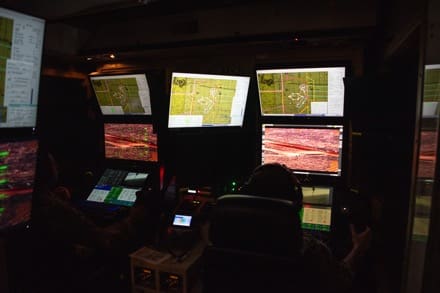
The exercise builds on the hard work of the 65th SOS’s sister squadrons over the past few years and will provide important data and lessons learned for the next squadron to push the concepts even further, said Lt. Col. Kurtis Paul, 65th SOS commander.
“On its surface, Reaper Castillo 24 is an exercise created and executed by the 65th SOS. But in reality, it’s another step in Air Force Special Operations Command’s efforts to push MQ-9 operations beyond conventional means,” Paul added. “It brought together many members from multiple AFSOC wings and it’s humbling to have the Lucky Dicers’ stamp on this iteration – this was truly a win for all of AFSOC remotely piloted aircraft and where we’re headed in the future.”
As the future of Air Force operations adapt to emerging technologies and evolving threats, the forward-thinking approach of these teams is crucial to unlocking the full potential of the MQ-9.
“We have to break out of the mindset that we need a huge, paved runway with co-located launch and recovery aircrews,” the mission commander added. “If we can free ourselves from the traditional mindset, it makes MQ-9 combat reach nearly limitless.”
By Senior Airman Deanna Muir, 1st Special Operations Wing

